
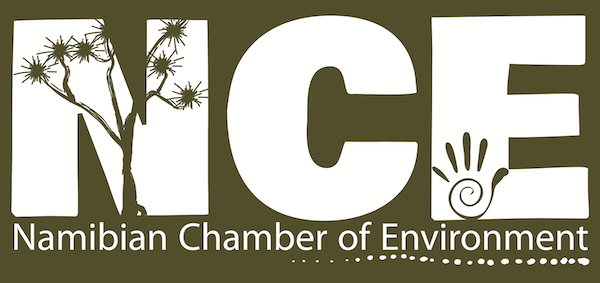
The Battle for the Soul of Conservation - And what it means for Namibia
Namibian Chamber of Environment
An academic war of words has been waged in the field of conservation science for the last several years. While the first shots
were fired from an Australian university, it has since become a global tussle, as other Australian academics have defended their ground with like-minded colleagues from the United Kingdom, North and South America, South Africa, Botswana and Namibia, among others. The topic that generated such intense debate has a rather innocuous name – compassionate conservation
.
What is compassionate conservation?
The Australian academics who coined the term were clearly on a mission to distinguish themselves above the average conservationist. It is a bit like forming an exclusive club called the good people
, which by inference suggests that those not in your club may be anything but good. Yet those who oppose them are less concerned about the label attached to a particular brand of conservation than they are about what this new idea entails for the relationship between people and wildlife.
Like the name, the concept of compassionate conservation appears to be good – what could possibly be wrong with having compassion for the animals we are trying to conserve? It is based on the concept of virtue ethics, an idea espoused by Aristotle that people should do the right thing primarily because it makes them more virtuous, without considering what consequences your action may have. Doing the right thing and being a good person resonates with all of us, so we should all be compassionate conservationists, right?
The problem comes in defining what the right thing
is, which is easier said than done in the complex world we live in. If I feel virtuous for saving the lives of a litter of mice, was it really the right thing to do when those same mice grow up to eat a baby bird alive? Or perhaps I could pat myself on the back for releasing a captive-born animal, conveniently ignoring the fact that it died of starvation a few months later. While striving to be virtuous is no doubt a good thing, we should also consider the ultimate consequences of our actions. This concept is known as consequentialism in ethics; it is also the closest ethical fit for the views of many conservationists who have voiced their concern about compassionate conservation.
What is Conservation Biology or Conventional
Conservation?
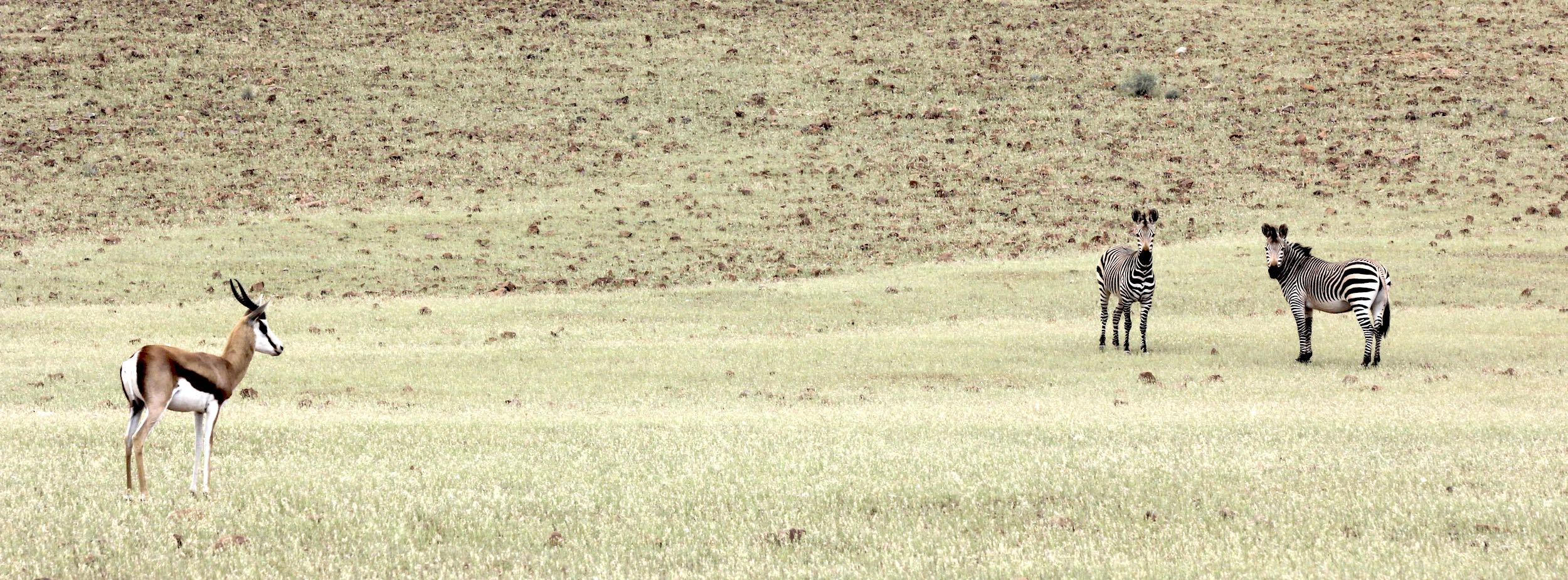
One of the key issues is that this new form of compassion is directed primarily at intelligent, charismatic mammals like predators that elicit strong human emotions, rather than biodiversity as a whole. Classical conservation biology, as it was defined in 1985, is all about conserving biodiversity – meaning whole ecosystems, local populations of plants and animals, particular species and individuals within those species, and even the genes present in each individual.
Most conservationists view this as a hierarchy of priorities – first, conserve the ecosystem, because it supports all of the other categories of life within it. When ecosystems break down, focus on restoring populations of many different species and thereby slowly rebuilding the ecosystem. When a particular species is severely threatened, focus on reducing the threats it faces and finding out more about that species. When a species is approaching extinction, try to save every individual and breed as many as possible (if necessary or possible, in captivity). In the final dire straits, keep genetic diversity intact so that there is at least a possibility of resurrecting that species through artificial reproduction in future.
All of these activities are part of what we call conservation biology today. Many of these actions happen simultaneously, as numerous different organisations work on different aspects of conservation. Ultimately, all of our work should be complementary. We need policy makers and wildlife managers to establish and safeguard ecosystems within and beyond protected areas. We need ecologists and biologists to guide these management decisions based on their detailed knowledge of plants and animals. We need captive breeding programmes and geneticists to save our most critically endangered species from extinction. Each action is nonetheless guided by the local situation and context, with the overarching goal of conserving biodiversity.
This may sound rather straightforward, but reality is always messier than theory. What do you do when the existence of a critically endangered native species is threatened by a species that was introduced by humans? What happens when ecosystems are altered by human development such that the ecological balance is thrown out and a particular species becomes overabundant, thus threatening its own ecosystem? What happens when the animals we are trying to conserve threaten human lives and livelihoods?
Conventional conservation approaches try to be as pragmatic as possible, while still aiming at the overall goal of biodiversity conservation. If an introduced species poses a threat to native species or ecosystems, remove it. If one species is becoming overabundant in a fenced ecosystem (and removing the fence is not an option for other reasons), manage its population. When animals threaten human lives and livelihoods, take the people’s needs and concerns seriously when deciding how to deal with the animal(s) in question. This last issue is perhaps one of the most complex to deal with and the solutions can range from changing human behaviour to avoid conflict with animals through to killing animals to prevent human deaths.
The clash of conservation approaches
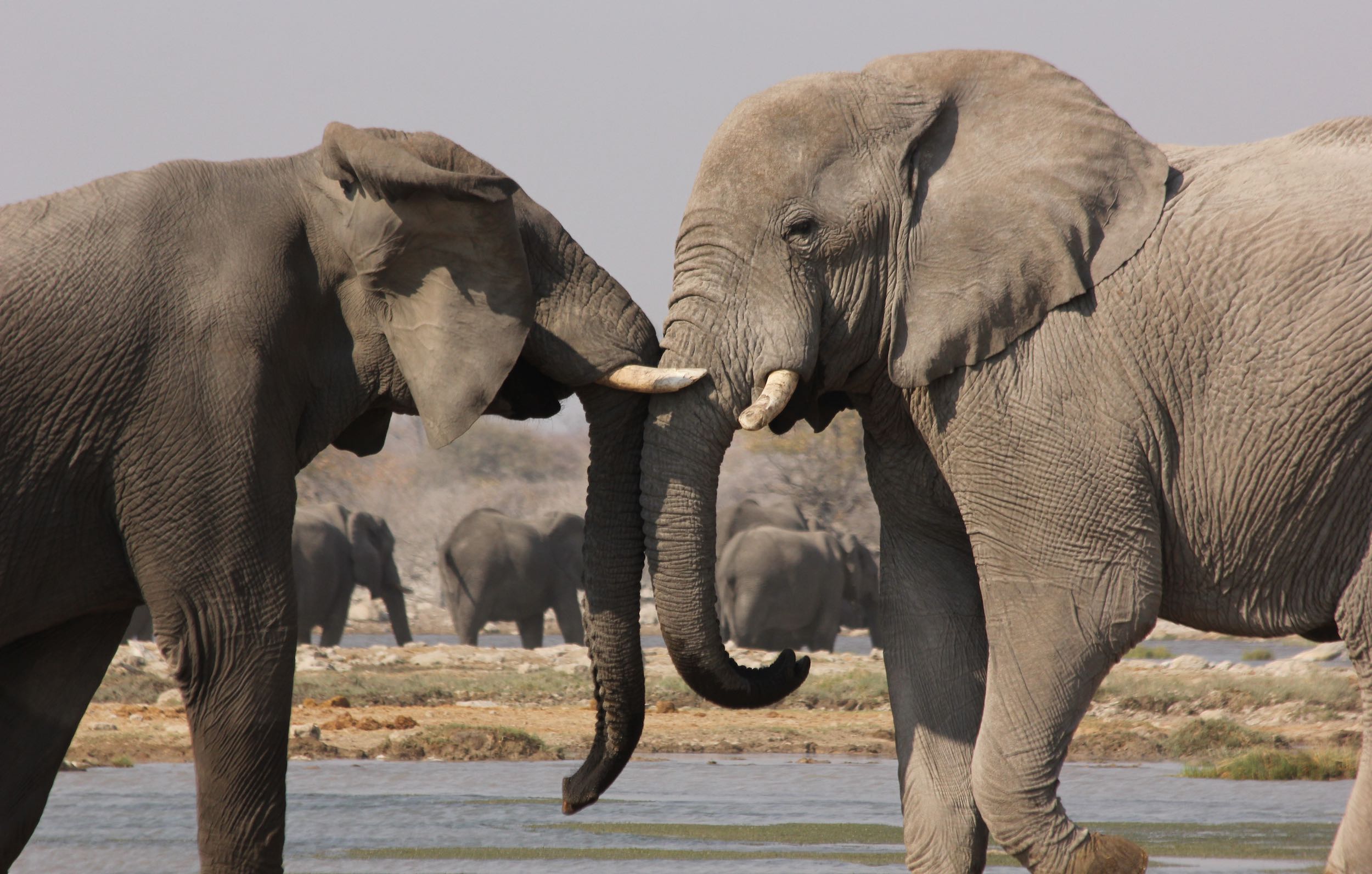
The compassionate conservationist is not satisfied with this pragmatic approach, however. They question the basic hierarchy of ecosystem>species>individuals, saying that the welfare and intrinsic rights of individual animals should be treated on a par with concerns about keeping ecosystems intact or species from extinction. They also elevate animal rights close to the status of human rights, suggesting that human-animal conflict may only be resolved in a way that does not impinge on the animal’s rights to life and liberty.
In Australia and New Zealand, the key issue that divides these approaches to conservation is how to deal with animals that have been introduced by humans. Cats, foxes, horses, rabbits, camels and a whole raft of other mammals were let loose in these countries during the last few centuries. The native plants and animals had never encountered these species before humans brought them in, so these new arrivals caused widespread extinctions and habitat degradation as they invaded the new land. Controlling and possibly eradicating these invasive species is thus a priority for conserving native species and whole ecosystems in these countries.
Yet compassionate conservationists feel that we should not kill any invasive species, at least not directly. They suggest introducing larger predators like dingoes to kill smaller predators like foxes and cats. In other cases they suggest re-classifying the invasive species as native
, thus ignoring the large-scale destruction of the real native species and ecosystems altogether. This bury your head in the sand
approach is considered preferable to doing something about the problem, primarily because doing something
involves killing animals, which they find morally repulsive. On the flip side, they see nothing wrong with allowing human-introduced mice to overrun small oceanic islands and kill endangered seabird chicks, often by eating them alive.
Unfortunately the compassionate conservation movement does not only concern one corner of our world. It is also about much more than dealing with invasive species. The proponents suggest that their ideology becomes widely adopted as a guiding principle for conservation around the world. Their concept, if widely adopted, could prevent wildlife management actions like translocation, contraception and culling, put a complete end to all forms of sustainable use, and trample the rights of any human community who does not share their particular view of animal rights. This is why southern African researchers have joined their colleagues in Australia to point out the many severe problems with trying to force conservation to become more compassionate
.
The compassionate
threat to Namibian and African conservation
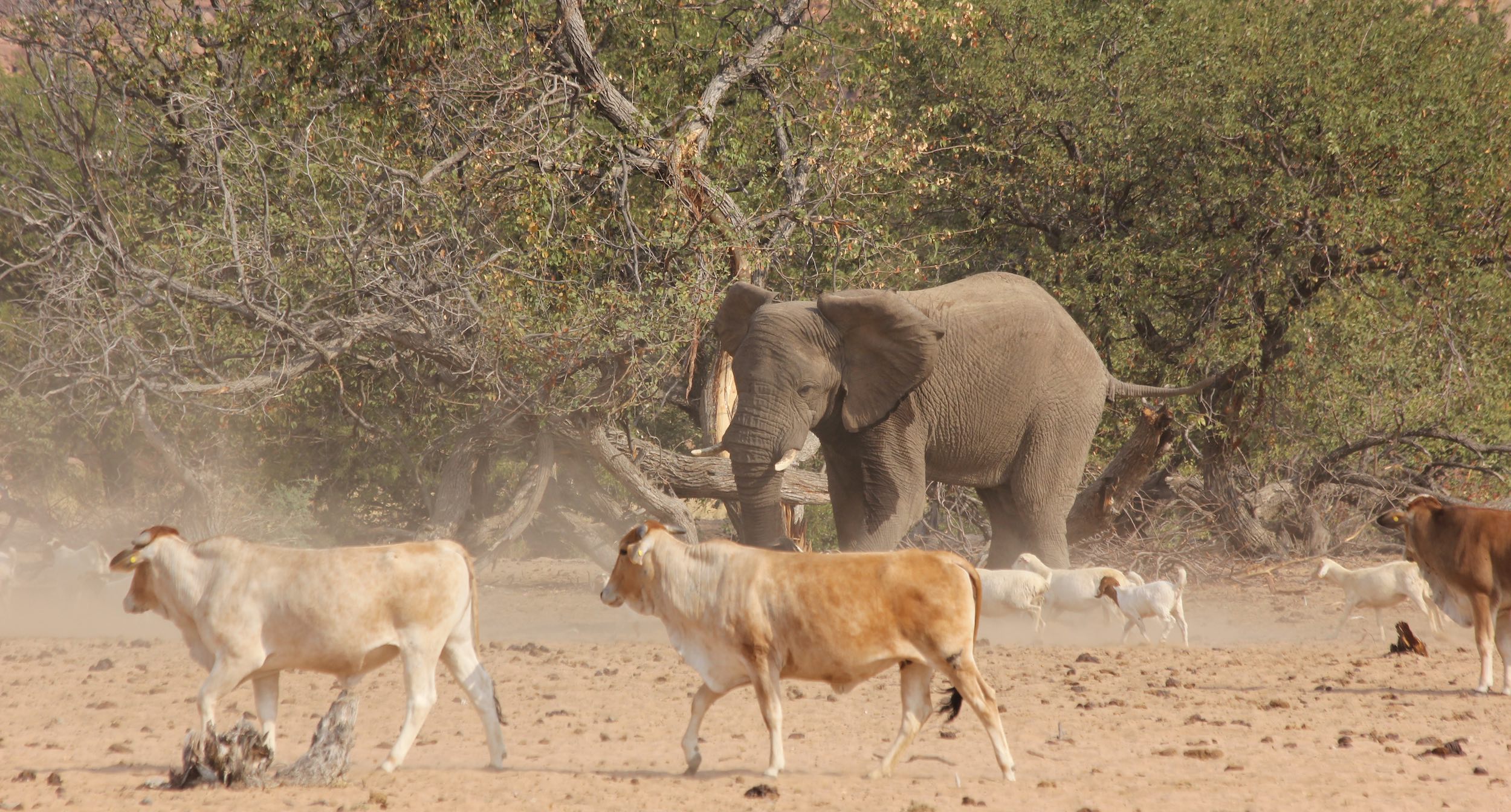
One of the reasons given by the compassionate conservationists to adopt their approach is also one of the biggest dangers associated with it. They claim that their view of animals is becoming increasingly popular in society. The society they refer to is not inclusive, however, but rather a highly specific segment of society that is likely to support conservation financially – urbanised, wealthy and largely disconnected from the messiness
of coalface conservation work. Organisations whose ideology resonates with compassionate conservation target this sector of society to fund their work, often using social media platforms.
This raises two critical concerns for African conservationists – 1) by pandering to the segment of society that is most likely to fund conservation, we neglect an even more important segment – those who actually live with the animals we are trying to conserve; 2) as this brand of conservation becomes more popular, any conservation actions that do not fall in line with this ideology will be less likely to receive funding.
The fate of much of our wildlife, especially in Namibia, lies in the hands of the people who live with it - on both freehold and communal land. If we trample their rights or ignore their valid concerns when it comes to living with wildlife, they will have little incentive to keep shouldering the burden of conservation. Their voices and concerns are nonetheless drowned out, not least because people in rural areas have limited access to the Internet and none of the marketing power possessed by international organisations. The artificial environment of the Internet thus creates a self-reinforcing illusion that compassionate conservation is widely accepted and practised in the real world.
Millions of dollars may be generated through social media campaigns that inspire a compassionate
approach to conservation, yet if these dollars do not reach the people who are dealing with the real-life consequences of living with wildlife then none of it will make a difference. Indeed, those living on the conservation frontlines may disagree deeply with this ideology and are therefore the least likely recipients of the funds generated. The Namibian conservation model, in particular, goes against the grain of compassionate conservation by putting human rights, rather than animal rights, at the centre. It is therefore not surprising that some of the wealthiest international organisations that promote an animals-first ideology are absent from the Namibian conservation landscape.
This is not just an academic debate – the stakes are high for conservation
Although the current academic battle has revealed major opposition among the ranks of conventional
conservationists against the compassionate
ideologists, there is actually much common ground. Animal welfare is considered a science in its own right, and much of what has been learned about how animals experience pain is now incorporated into conservation practice. Conservationists worldwide have a genuine passion for the species they work to save – they would choose a more lucrative profession if this were not the case!
Techniques commonly used in conservation including translocations, contraceptives, sedation, fencing, trapping, satellite collaring and many more have all evolved over time to improve the welfare outcomes for the animals involved. Furthermore, the sub-disciplines addressing human-wildlife conflict, wildlife management and captive animal care are continuously introducing new methods that are both practical and more humane than past and current practices. No reasonable person would want animals to suffer unnecessarily; conservation scientists are no different.
In conclusion, the compassionate conservation movement severely lacks compassion towards the people who live with wildlife, and even shows stark indifference to the suffering of native animals and ecosystems caused by human actions. This ideology is disconnected from real world conservation challenges and the people on the frontlines who are critical to long-term success. Yet this insidious message is taking hold in some corners of academia and, more worryingly, in the influential world of social media.
The battle has left the esoteric field of academia and entered the real world of funding and politics. All of us who are concerned for the future of our natural world must lend our voices on social media and in the real world to show true compassion – for rural communities whose voices are rarely heard, for natural ecosystems that face a myriad of threats, for native species that are fighting against extinction, and for all of the wonderful forms of biodiversity that share our planet.
For articles on similar topics, please click one of the following options:
If you enjoyed this article, then you might also like:



While many articles have been written on both sides of this debate, the six articles below (three for each side) will get you started if you wish to find out more.
For Compassionate Conservation:
RAMP, D. & BEKOFF, M. (2015) Compassion as a Practical and Evolved Ethic for Conservation. BioScience, 65, 323–327. academic.oup.com/bioscience/article/65/3/323/236866
WALLACH, A.D., BEKOFF, M., NELSON, M.P. & RAMP, D. (2015) Promoting predators and compassionate conservation. Conservation Biology, 29, 1481–1484. opus.lib.uts.edu.au: Promoting predators and compassionate conservation.pdf
WALLACH, A.D., BEKOFF, M., BATAVIA, C., NELSON, M.P. & RAMP, D. (2018) Summoning compassion to address the challenges of conservation: Compassionate Conservation. Conservation Biology, 32, 1255–1265. www.researchgate.net: Summoning-compassion-to-address-the-challenges-of-conservation.pdf
For Conservation Biology / Conventional Conservation:
HAYWARD, M.W., CALLEN, A., ALLEN, B.L., BALLARD, G., BROEKHUIS, F., BUGIR, C., ET AL. (2019) Deconstructing compassionate conservation. Conservation Biology, 33, 760–768. www.researchgate.net/publication/333830526_Deconstructing_compassionate-conservation
JOHNSON, P., ADAMS, V., ARMSTRONG, D., BAKER, S., BIGGS, D., BOITANI, L., ET AL. (2019) Consequences Matter: Compassion in Conservation Means Caring for Individuals, Populations and Species. Animals, 9, 1115. www.mdpi.com/2076-2615/9/12/1115/pdf
GRIFFIN, A.S., CALLEN, A., KLOP-TOKER, K., SCANLON, R.J. & HAYWARD, M.W. (2020) Compassionate Conservation Clashes With Conservation Biology: Should Empathy, Compassion, and Deontological Moral Principles Drive Conservation Practice? Frontiers in Psychology, 11. www.frontiersin.org/articles/10.3389/fpsyg.2020.01139/full
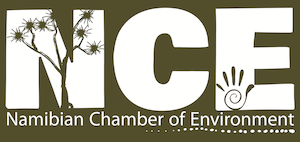
The Namibian Chamber of Environment (NCE) is an umbrella Association that provides a forum and mouthpiece for the broader environment sector, that can lobby with government and other parties, that can raise funds for its members and that can represent the sector.

Gail Thomson is a carnivore conservationist who has worked in South Africa, Namibia and Botswana on human-carnivore conflict, community conservation and wildlife monitoring. She is interested in promoting clear public communication of science and conservation efforts in southern Africa.
Share:
Subscribe
We use cookies to monitor site usage and to help improve it. See our Privacy Policy for details. By continuing to use the site, you acknowledge acceptance of our policy.